Product Introduction
This is a regular part, which is made from aluminum material by die casting process, used in furniture industry. Premium-grade aluminum alloy known for their excellent corrosion resistance, thermal conductivity, and machinability is used, ideal for applications requiring robust, lightweight.
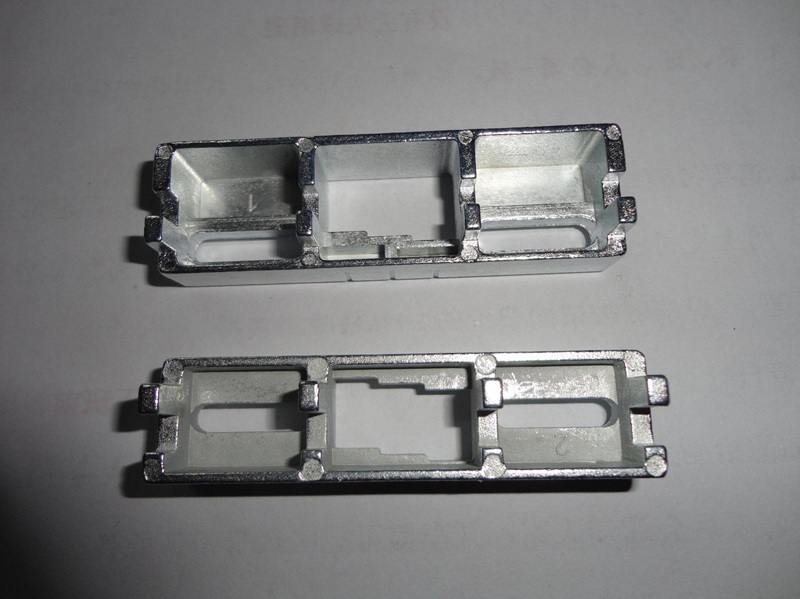
Material and process
Material advantage
It's made from aluminum material by die casting process. Aluminum's strength-to-weight ratio minimizes installation effort without compromising performance. Aluminum is soft and easy to cut, drill, or form, allowing for precise machining of intricate shapes with lower tool wear and faster production cycles.They reduce the load on door and window frames, especially suitable for lightweight frames, preventing frame deformation caused by heavy components over long-term use.
Manufacturing process
This is a project for a Ukrainian client. We first conducted an analysis and research after receiving the drawings. Then we decided to use the die casting process to manufacture this striker plate.
Molds are typically made from high-grade tool steels H13, chosen for its heat resistance, hardness, and wear resistance, critical properties, as molds endure repeated exposure to high temperatures and high injection pressures.
The selected steel blocks undergo rough machining to shape the basic mold structure. Processes like milling, turning, or grinding remove excess material, creating the mold base and preliminary features. This stage focuses on achieving approximate dimensions, leaving a small machining allowance for finishing.
The cavity and core are machined with extreme precision. Advanced techniques like EDM, wire EDM are used here,
EDM uses electrical sparks to erode metal, ideal for intricate details, sharp corners, or hard-to-reach areas that traditional cutting tools can't access, wire EDM cuts precise shapes with a thin, electrically charged wire, ensuring straightness and accuracy for slots or thin walls.
Here are the mold pictures:
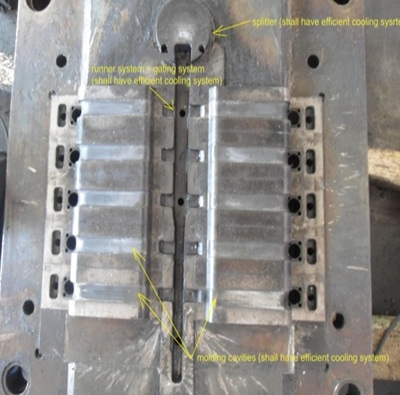
gating system splitter

sprue bushing hook
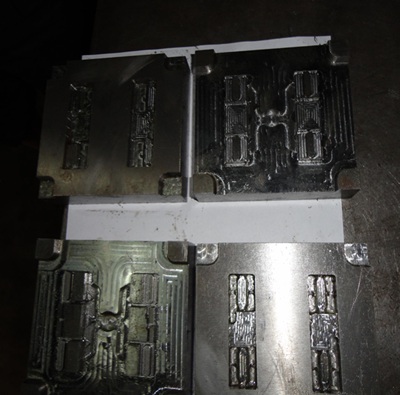
the plate mold
The moving die is driven toward the fixed die, clamping them tightly together. The molten aluminum is injected into steel dies under high pressure, ensuring rapid solidification and fine detail reproduction. A hydraulically driven plunger then forces the molten metal through the runners and gates at high speed, filling the die cavity completely. This rapid injection ensures the metal takes the shape of the cavity before it starts to solidify, capturing even intricate details like thin walls or fine textures.
Once the cavity is filled, the molten metal cools and solidifies inside the die, which is designed with internal cooling channels to accelerate this process, after the metal has fully solidified, the clamping force is released, and the moving die pulls away from the fixed die. Ejector pins then push the solidified part out of the cavity.
Post treatment
Here are the rough striker plate castings:
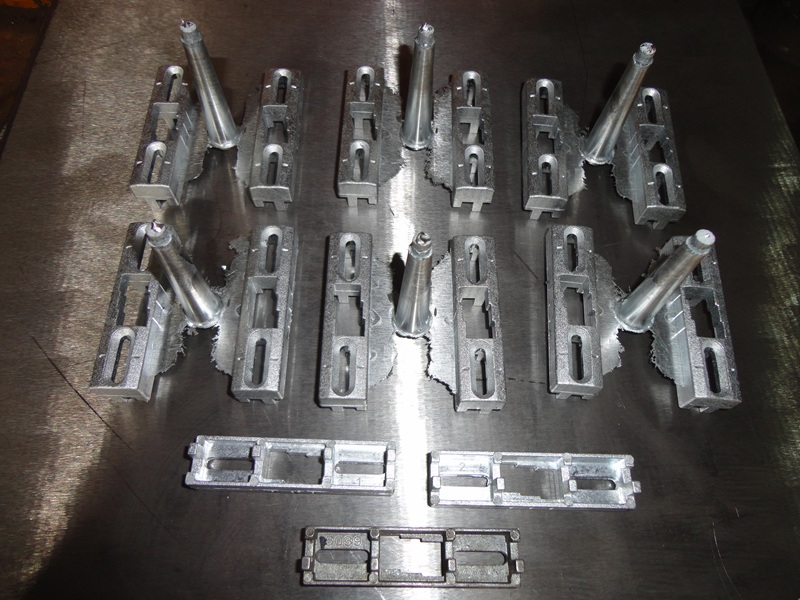
rough castings-1

rough castings-2
After that, remove excess material like sprue, runners, or flash by using cutting tools or presses.
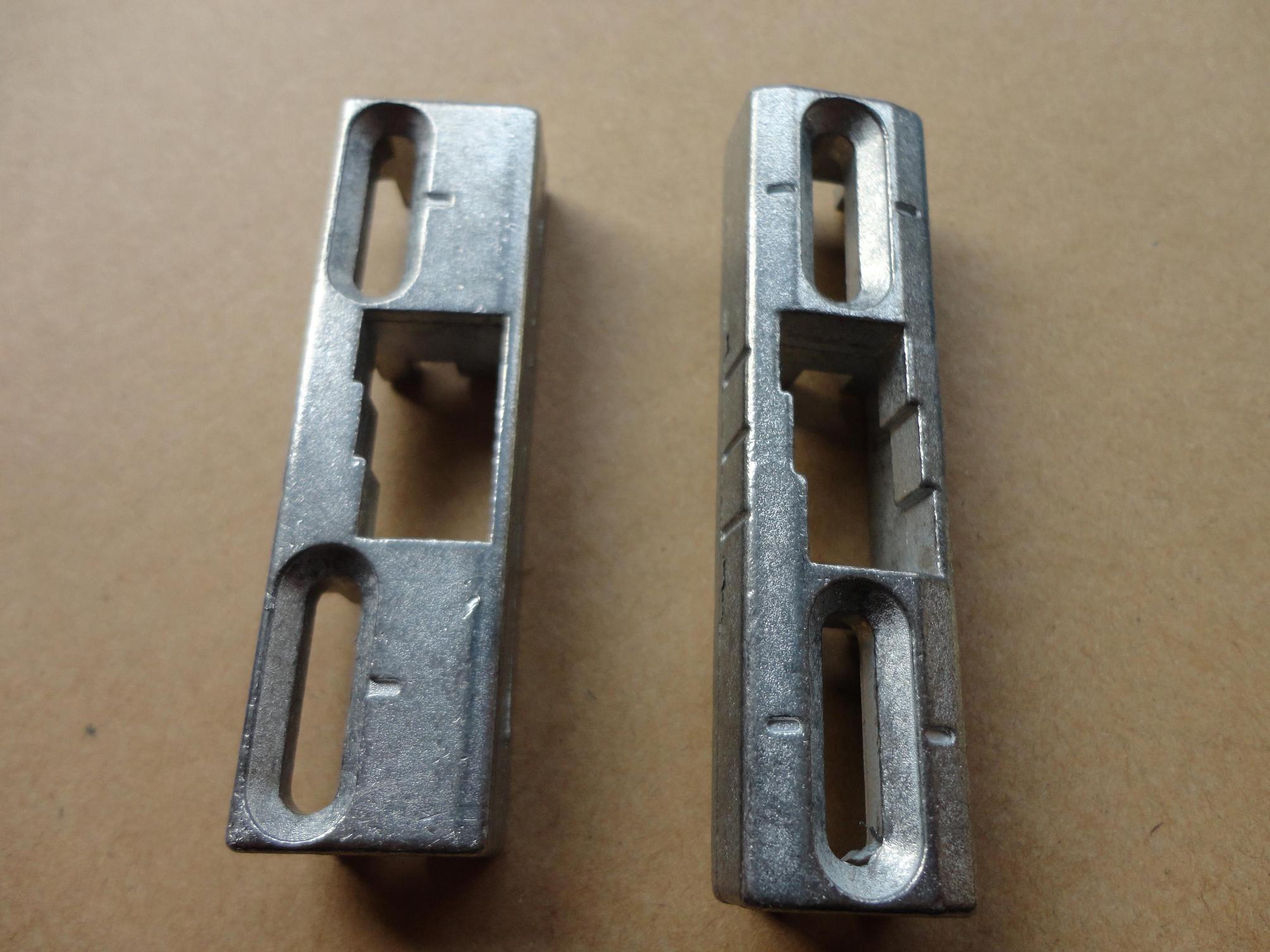

Then they are sent for sand blasted. Here is the finished striker plate:
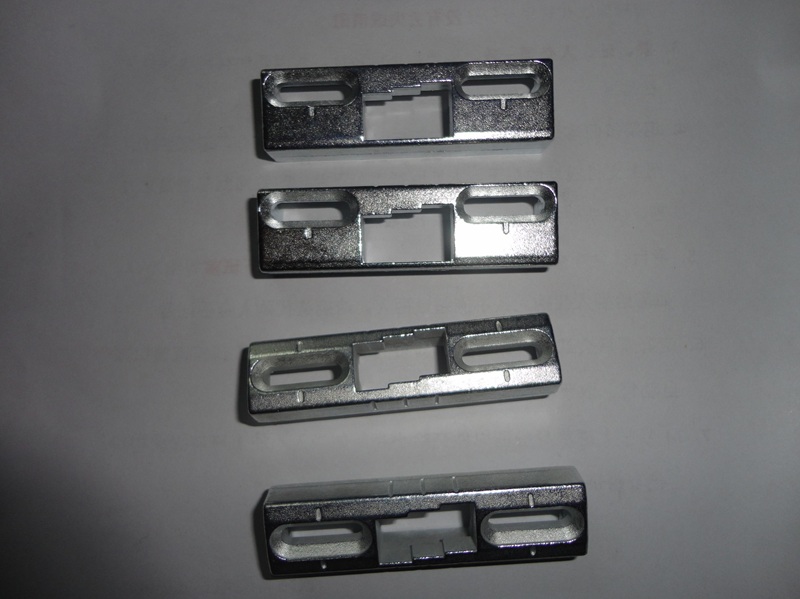

Packing
After the products are completed checking, each unit is individually packaged in a plastic bag. This primary wrapping serves as a basic barrier against dust, moisture, and minor scratches, ensuring the surface of each product remains clean and unblemished before further handling.
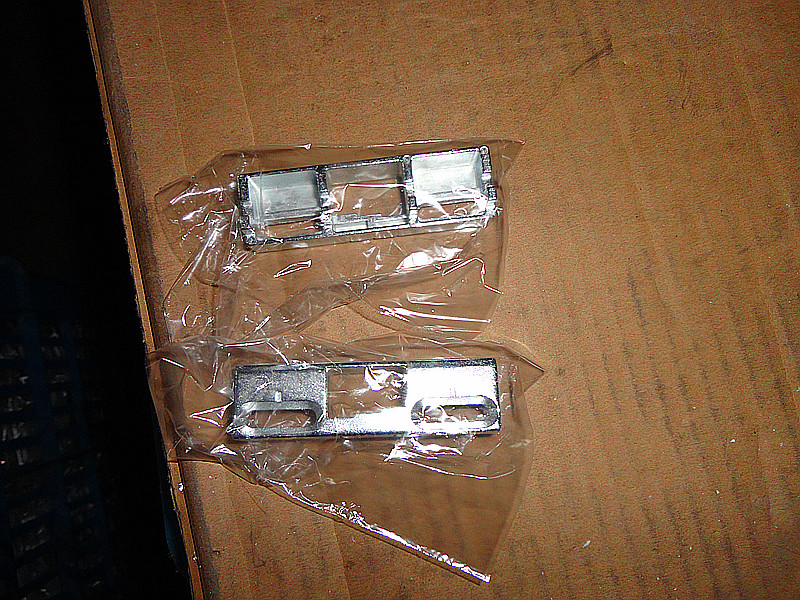

Once individually bagged, the products are carefully placed into sturdy wooden crates. These crates are constructed to provide robust structural support, with their solid frame designed to withstand the rigors of transportation.

Ningbo Joyo Metal Products Co.,Ltd. expertise spans diverse metalworking processes, including CNC turning, milling, drilling, grinding, forging, and die casting, allowing us to handle various materials such as stainless steel, carbon steel, aluminum alloys, brass, and copper. Whether it’s intricate parts like precision shafts, threaded fasteners, or custom brackets, or larger components such as metal frames or structural fittings, we ensure consistent quality through strict dimensional checks, material testing, and surface finish inspections.
English
العربية
Français
Русский
Español
Português
Deutsch
italiano
日本語
한국어
Nederlands
Tiếng Việt
ไทย
Polski
Türkçe
አማርኛ
ພາສາລາວ
ភាសាខ្មែរ
Bahasa Melayu
ဗမာစာ
தமிழ்
Filipino
Bahasa Indonesia
magyar
Română
Čeština
Монгол
қазақ
Српски
हिन्दी
فارسی
Kiswahili
Slovenčina
Slovenščina
Norsk
Svenska
українська
Ελληνικά
Suomi
עברית
Dansk
Afrikaans
Gaeilge
Eesti keel
latviešu
Беларуская мова
Български
Català
Lietuvių
Lëtzebuergesch
Македонски









































